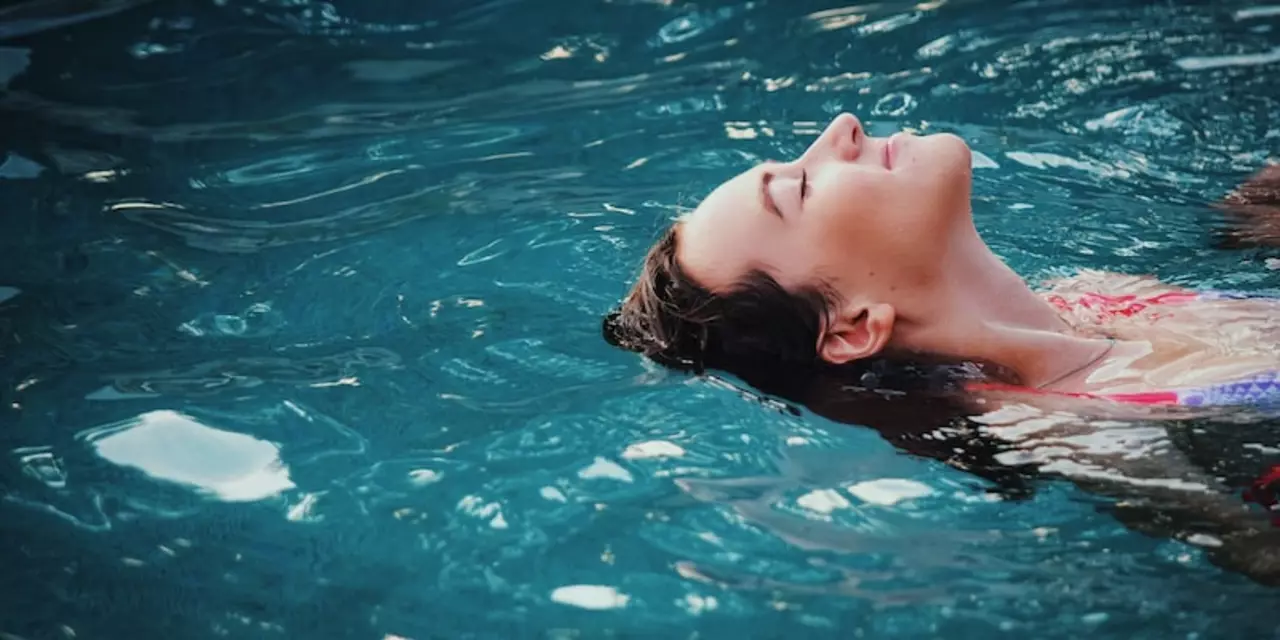Swimming Technique & Training
When working with Swimming technique, the set of movements that let a swimmer travel through water with minimal resistance. Also known as stroke mechanics, it covers body position, kick, pull and breathing patterns. Getting the fundamentals right is the foundation for every improvement you’ll make in the pool. Good technique reduces strain on shoulders, improves propulsion, and lets you stay relaxed for longer. Whether you’re counting laps at the local leisure centre or training for a meet, the right habits pay off from the first stroke.
One of the most popular styles, Freestyle swimming, relies on a streamlined body, steady flutter kick and efficient arm pull. To excel, you need a balanced blend of power and glide. Swim drills, purpose‑built exercises that isolate parts of the stroke. Drills like the catch‑up, fingertip drag, and 3‑stroke breathing teach you where the water pulls and where you waste energy. Meanwhile, mastering a rhythmic Breathing technique, the timed head turn and exhalation that keeps oxygen flow steady. keeps your hips from dropping and prevents the dreaded “head lift” that creates drag. When you pair focused drills with controlled breathing, the whole stroke becomes smoother, and you’ll notice a jump in speed without adding extra effort.
Equipment can accelerate learning, but it’s not a shortcut. A pull buoy placed between the thighs forces the legs to stay afloat, letting you concentrate on arm mechanics and body roll. Swimmers often use it to feel the correct high‑elbow catch without worrying about kicking. Swim fins on the other hand boost leg drive, helping you sense the proper ankle flexibility and kick tempo. Use these tools in short sets—say, 4 × 50 m with a pull buoy, followed by 4 × 50 m with fins—to reinforce the muscle memory you built during drills.
Putting It All Together
The journey from a basic stroke to a high‑performance technique is a series of small, repeatable steps. First, assess your current body position: are your hips level? Is your head in line with your spine? Next, pick a drill that targets the weakest link—maybe a fingertip drag to improve arm extension or a side‑kick drill to fine‑tune balance. Incorporate breathing drills every other set so the rhythm becomes automatic. Finally, schedule a gear day once a week where you swap the pull buoy for fins, keeping the nervous system adaptable. This cycle of assessment, drill, gear, and repeat creates a feedback loop that drives continual improvement.
Below you’ll find a hand‑picked collection of articles that dive deeper into each of these areas. From detailed freestyle breakdowns to step‑by‑step drill tutorials, the posts are designed to give you actionable tips you can try in your next practice session. Ready to sharpen your strokes and shave seconds off your times? Scroll down and start exploring the resources we’ve gathered just for you.
